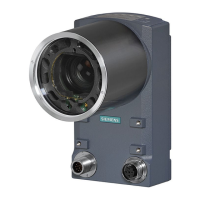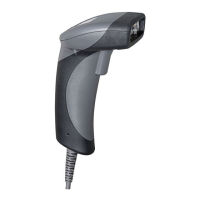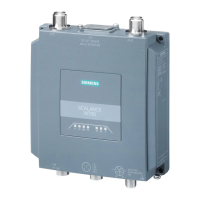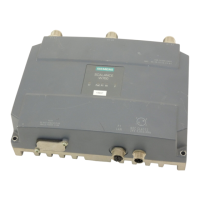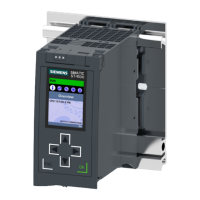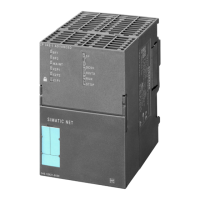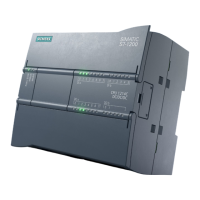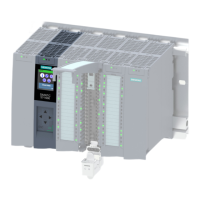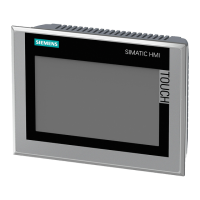Image processing
3.2 Code verification
SIMATIC MV500
Operating Instructions, 05/2019, C79000-G8976-C494-02
43
Evaluation
The classification is specified in the WBM as a value from 4 to 0 (or A to F without E). In
addition, each quality grade is assigned one of three ratings (good [G] / fair [F] / poor [P]).
This classification not only allows fast visual checks of the quality using the color coding of
the display, but also automatic rejection of the read result as "N_OK" if it falls below a certain
quality threshold.
Table 3- 1 Quality levels
Defaults for quality grading
Representation in the user
interface
Defaults for the read result
Green = [G]ood OK
3 B Can be set specifically by
user
1)
2 C Can be set specifically by
1)
Yellow = [F]air OK
1 D Can be set specifically by
1)
Red = [P]oor N_OK
(Can be set for specific us-
ers)
1)
The user-specific setting is only for ascending or descending order.
Example
In an application in which only very good markings are acceptable, all grades below 4 are set
to "Poor". This allows the rejection of all unacceptable specimens.
3.2.3 Verification of printed labels
In 1996, the "Association for Automatic Identification and Mobility" (AIM) published the data
matrix symbology specification with an evaluation procedure for print quality. According to
this evaluation procedure, test systems could evaluate a symbol according to its degree of
acceptability (4 to 0).
The specification later became the ISO/IEC 16022 standard. This type of test was developed
for paper labels with high contrast.
It allows a quantitative measurement of the print quality and allows the testing of printed 2D
codes based on a quality standard. Here, the important fact is that the printing of a data
matrix code on paper is a high-quality process.
White paper is printed with black ink to achieve a high contrast. With this background, the
threshold values for grading in the ISO/IEC 16022 standard are very restrictive because the
marking quality is so high.
Less exacting requirements are neither suitable nor useful in the printing industry. The AIM
standard identifies the following typical errors:
● Blocked ink jets
● Too much or too little ink

